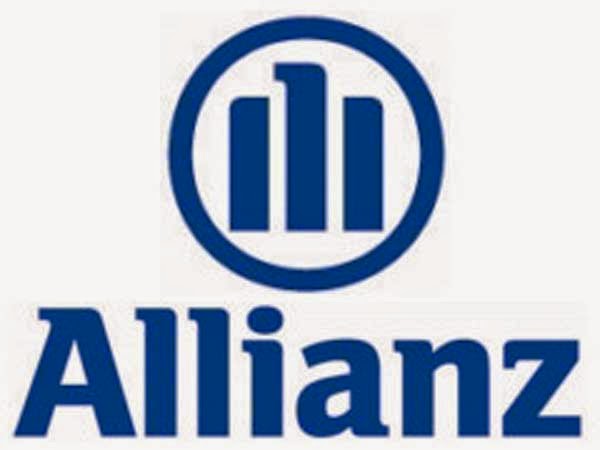American Income Life Insurance Company (formerly NASDAQ: AINC), based in Waco, Texas, provides supplemental life insurance to labor unions, credit unions, and associations. American Income Life (AIL) was founded in 1951. The company's executive offices have been located in Waco, Texas, since 1959. American Income Life is licensed in 49 states, the District of Columbia, Canada, and is registered to carry on business in New Zealand. AIL also has two wholly owned subsidiaries: National Income Life Insurance Company, licensed in the state of New York, and Union Heritage Life Assurance Company Limited, licensed in the Republic of Ireland.
AIL has more than two million policyholders (as of June 2010). With its New York subsidiary, National Income Life Insurance Company (NILICO), the company has combined assets of more than $2.2 billion, with more than $35.2 billion of life insurance in force (as of December 2010). American Income Life is a wholly owned subsidiary of Torchmark Corporation (NYSE: TMK), based in McKinney, Texas.
History
The company's history began in 1951 under the name American Income. American Income was chartered as a mutual assessment association in Indiana with $25,000 of borrowed capital. It was reinsured through American Standard as a new mutual reserve company in March 1951. American Income Insurance Company was officially founded in May 1951 by the company's president, Harold Goodman, and executive vice president, Bernard Rapoport (Goodman's nephew).
The company's home offices were located in Indianapolis, Indiana. American Income originally sold low-cost hospital insurance plans. During its first year, the company took in about $95,000 worth of premium income. The company reached $1 million worth of insurance premiums in 1953. By 1954, the company was receiving 6,000 insurance policy applications per month.
In September 1954, with $200,000 in capital and $100,000 of surplus, Goodman and Rapoport formed a new company called American Income Life Insurance Company (AIL). American Income Life reinsured the policies of American Income and was transformed from a mutual reserve company to a stock company. American Standard, the company's original insurer, was merged with American Income Life, and the company acquired about $400,000 worth of premiums.
Between 1954 and 1955, AIL's assets had doubled, its net reserve had tripled, its capital and surplus more than doubled, and it had about $15 million of insurance in force. In 1956, Rapoport desired to take the Indiana-based company national. He obtained a license in Ohio and opened a central office in Columbus. By the close of 1956, American Income Life was operating in thirteen states with 300 sales personnel in the field operating out of 96 general agencies. In March 1958, the company's home offices were moved from Indianapolis, Indiana, to Waco, Texas.
In 1961, AIL began providing supplemental insurance to members of labor unions and serving union policyholders in ways unfamiliar to the industry. For example, AIL waived payment of premiums by union members during an authorized strike action, a benefit still enforced in 2011. AIL also developed a college scholarship program for children of union members, and the company contributed to the strike funds of unions engaged in lawful strikes. The company was positioned as the only 100% union insurance company, and termed the phrase, “Be Union-Buy Union." In 1963, AIL's income was about $6 or $7 million. By 1973, income reached $31.5 million.
In June 1966, the Office and Professional Employees International Union (OPEIU) organized the Home Office staff, making AIL the only insurance company with all union employees. In October 1973, the company was granted an official designation as a Union Label company by the AFL-CIO. AIL was one of only two insurance companies in the entire United States with the official Union Label.
In 1994, American Income Life was sold to Torchmark Corporation for $563 million.
The total Lay-Off Waiver of Premium paid in 2010 was $1.3 million. This Lay-off Waiver of Premium provides for a waiver of premiums while the insured is on a qualified lay-off and is actively seeking work.
American Income Life also paid a total of $124.4 million in life and health claims for 2010.
American Income Life Insurance Co. is suing Google Inc. and the unnamed owners of two websites for featuring unflattering web pages in the top page of search results for American Income Life Insurance
Products : Supplemental health and life insurance
Website http://www.ailife.com





.png)






















